My mullein and calendula harvest
I did 2 really exciting things that I want to share: (1). I grew mullein for the first time this year and harvested it. So, I have a supply that will last my family at least over the winter months here in Canada. (2). I harvested calendula, dried it and I'm making some calendula oil.

Using Roses as Herbs
Many people don't know how beneficial roses can be. Even if you do not grow roses, rose petals, essential oil, and rose hips are all available at your favorite source- online or health food store. It's not every day that something beautiful and fragrant is so good for you! Let's take a closer look at the Rose as an herb: Botanical Name - Rosa spp. (various species, especially Rosa damascene, Rosa gallica, Rosa rugosa, Rosa canina, and Rosa centifolia) Common Names - Rose, Damask rose, Apothecary rose, Wild rose, Dog rose, Cabbage rose Family - Rosaceae Description Roses are perennial, woody shrubs with thorny stems, pinnate leaves, and showy, fragrant flowers ranging in color from white to deep crimson. The hips (seed pods) are small, usually red or orange, and develop after flowering. In herbalism, the petals and hips are the most valued parts. History & Folklore Ancient Civilizations: - Egypt: Cleopatra famously scattered rose petals in her chambers to seduce Mark Antony. - Persia: The birthplace of distilled rosewater (~10th century CE), used for medicine and cuisine. - Rome: Petals were strewn at feasts and steeped in wine; rose garlands symbolized secrecy ("sub rosa") Parts Used - Petals – fresh or dried for teas, syrups, glycerites, infused honey, vinegars, skin care. - Hips – fresh or dried for teas, jams, jellies, syrups; prized for vitamin C content. - Essential oil & hydrosol – distilled from petals for perfumery, aromatherapy, and skin care. Constituents - Petals: volatile oils (including geraniol, nerol, citronellol), flavonoids, tannins, phenolic compounds. - Hips: ascorbic acid (vitamin C), flavonoids, carotenoids (beta-carotene, lycopene), pectins, organic acids. Medicinal Actions - Petals: fresh or dried for teas, syrups, glycerites, infused honey, vinegars, skin care - Hips: fresh or dried for teas, jams, jellies, syrups; prized for vitamin C content. Modern Research - Rose extracts show antioxidant and anti-inflammatory effects. - Aromatherapy with rose essential oil has been linked to reduced anxiety, improved mood, and enhanced sexual function. - Rose hip powder has demonstrated benefit in reducing pain and improving mobility in osteoarthritis.
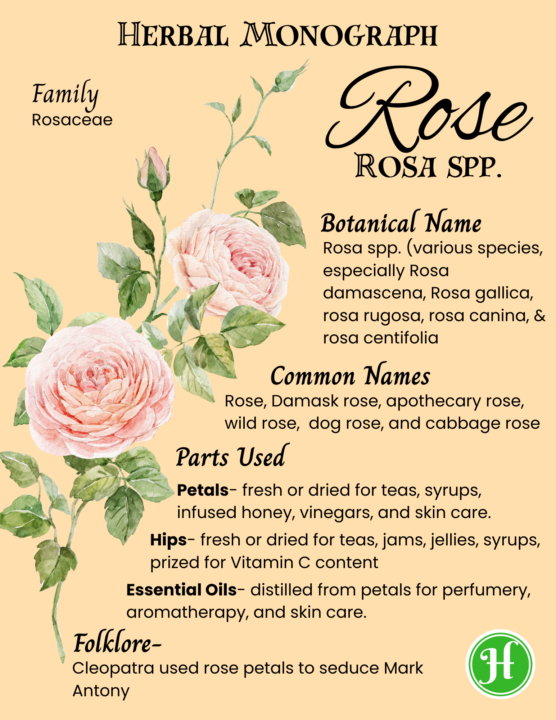
Garlic! How Can You Not LOVE Garlic!
We are in the heat of summer, but cooler weather will be here shortly and so will garlic planting season! Garlic takes a long time to mature, so if you are planning on growing some of your own, now is the time to order your cloves. Even if you don't grow garlic yourself, you should definitely have this herb in your tool box! Garlic isn’t just something you toss into spaghetti sauce for extra flavor—it’s one of the oldest medicinal plants in human history. This humble bulb has been used for thousands of years to fight off colds, heal wounds, and, if folklore is to be believed, keep everything from vampires to evil spirits at bay. The Medicinal Benefits of Garlic 1. Immune System Support Garlic is famous for helping the body fight off colds and infections. Modern research shows that allicin, the compound that gives garlic its strong smell, also gives it antimicrobial powers. Studies have found that people who regularly eat garlic may have fewer colds and recover faster when they do catch one. 2. Heart Health Regular garlic consumption can help lower blood pressure and cholesterol levels. The sulfur compounds in garlic appear to relax blood vessels and improve circulation—basically helping your heart work smarter, not harder. 3. Natural Antibiotic Before antibiotics were bottled and sold at the pharmacy, garlic was the go-to remedy for bacterial and fungal infections. Even today, it’s valued for its antimicrobial properties—something herbalists still take seriously. 4. Anti-inflammatory & Antioxidant Garlic has been shown to help reduce inflammation and protect cells from oxidative stress, which is linked to aging and chronic disease. 5. Blood Sugar Support Some studies suggest garlic may help regulate blood sugar levels, which is good news for people looking to support healthy metabolism. References: 1. Rahman, K. (2007). "Garlic and Cardiovascular Disease: A Critical Review." Journal of Nutrition, 137(3), 703S–705S. 2. Rivlin, R. S. (2001). "Historical Perspective on the Use of Garlic." Journal of Nutrition, 131(3s), 951S–954S. 3. Ankri, S., & Mirelman, D. (1999). "Antimicrobial properties of allicin from garlic." Microbes and Infection, 1(2), 125–129. 4. Banerjee, S. K., & Maulik, S. K. (2002). "Effect of garlic on cardiovascular disorders: a review." Nutrition Journal, 1, 4.
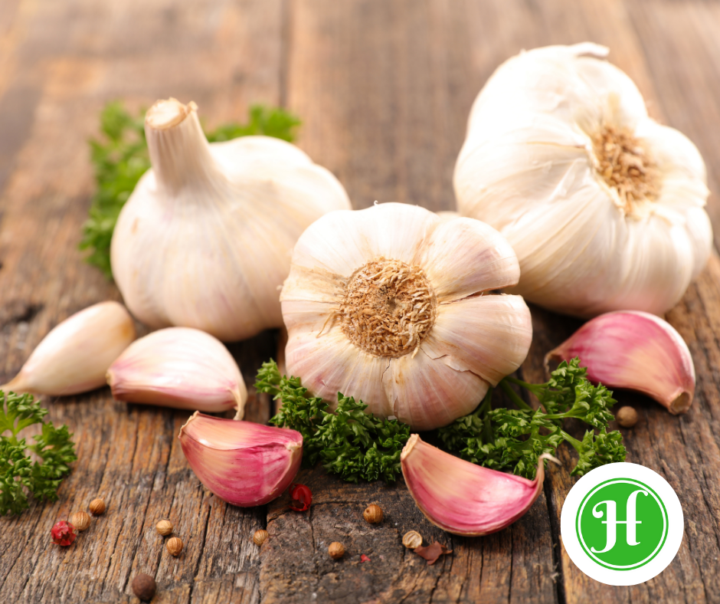
A Chamomile info graphic for you!
This is a delightful herb! It’s an early spring plant, so put it on your seed list for 2026!
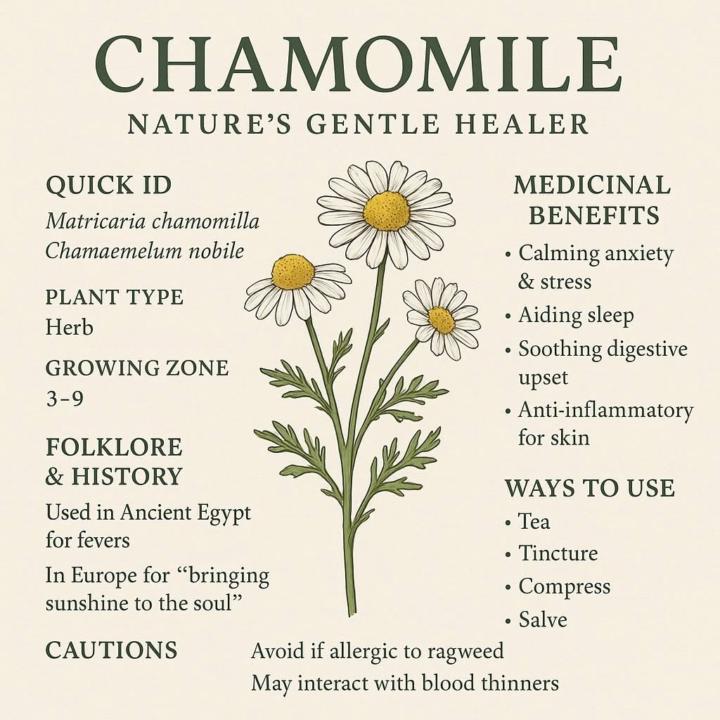
Full body infusion
Herbal tea isn’t just a hot cup of tea, it can be a full body soak!
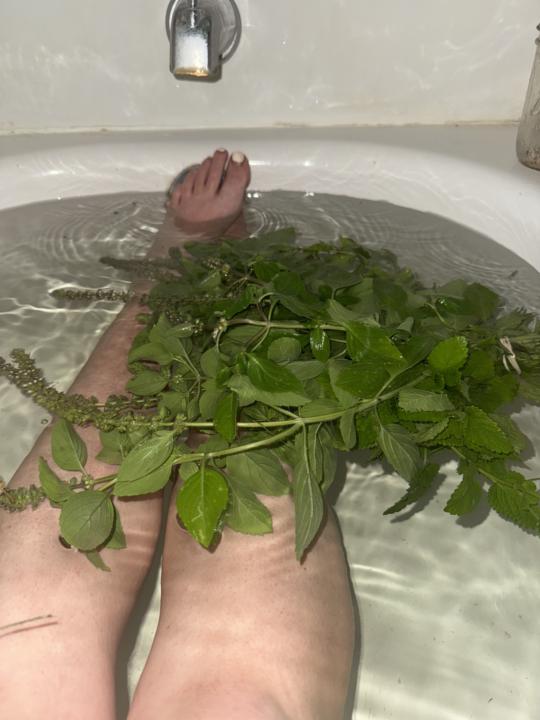
1-24 of 24
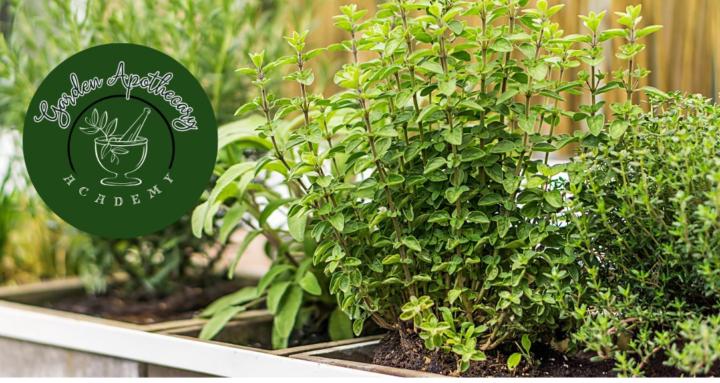
skool.com/gardenapothecary
An academy guaranteed to teach how to grow and use herbs medicinally for both you and your livestock.
Powered by




